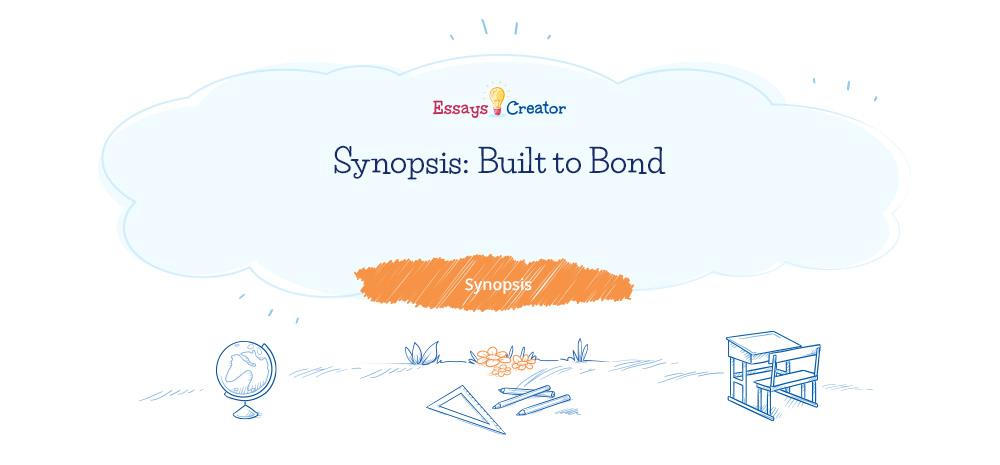
Synopsis: Built to Bond Free Essay
Adults are strongly attracted to infants via an intense force (Zeifman, 2013 p. 41). The infant’s attraction reciprocates this attraction to the care provider. In this chapter, Zeifman (2013) appraises evidence that supports the notion that both adults and children have coevolved and reciprocal features. These features guarantee the formation of emotional links between the adult and the infant. Further, they advance a child’s survival and paternal reproductive health.
Zeifman (2013) begins by appraising the evidence of psychological and sensory features (p. 43-49). The author explains that a child’s willingness to develop an emotional attachment is exhibited in the child’s inborn attractiveness to an extensive range of features linked to different care providers. These features include faces, sounds, speech, and the scent of adults. The intensified devotion to these features enables the child to recognize the particular feature of a specific adult care provider quickly (Zeifman, 2013 p. 45). This recognition is ensured by an intense partiality to that adult by the child to the exclusion of others. The adults, on the other hand, are attracted to children’s neotenous characters though through nominal contact. Consequently, the adults identify and manifest an intense preference for the child (Zeifman, 2013).
Order Synopsis Papers today!
Secondly, Zeifman (2013) addresses the physiological and behavioral impacts that the social contact between the adult and the child has on both (p. 58-63). The emotional connection between the adult and infant reflects the shared dependence of the relationship to control the internal biological state (coregulation). This process is exhibited by the child’s response to physical separation from the adult. On the other hand, infant-care provider contact functions to enable paternal bonding and is shown in disengagement and loss occurrences in adults (Zeifman, 2013 p. 61).
Lastly, bonding between the adult and infant is attributed to brain development (Zeifman, 2013 p. 55-57). The vision, speech, and auditory parts of the child’s brain are underdeveloped during birth. Therefore, a child’s brain is flexible in reaction to the environment (Zeifman, 2013 p. 55). Consequently, this flexibility enables the child to form a discriminatory bond in reaction to a particular person and that which is customized to the environmental background that it was established (Zeifman, 2013).

